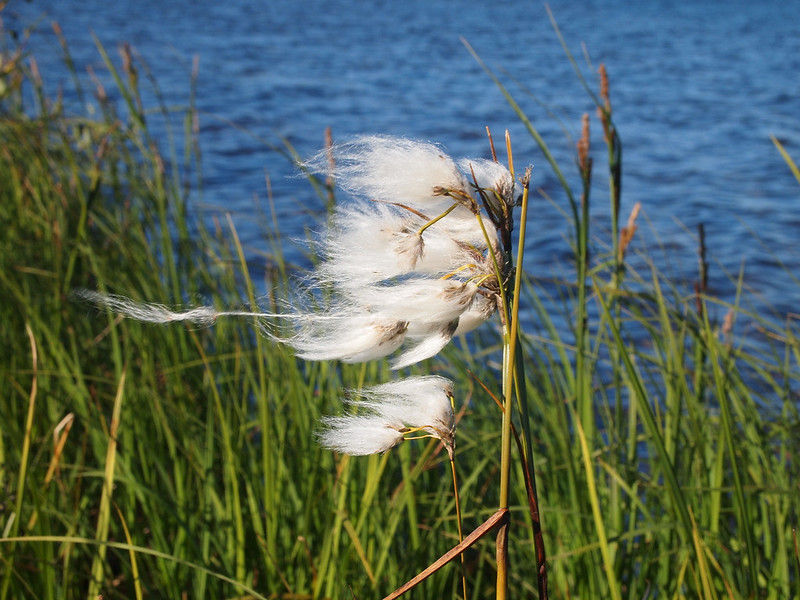What Is Global Warming Doing To Animals
Warming temperatures, stronger storms and ascension seas present a cascade of challenges that researchers are racing to understand.
Scientists have provided another reminder that, when it comes to climate change, we're all in this together. A study published last calendar month in Nature Climate Alter concluded that at least 85% of the world's population has already been afflicted by climate change.
"It is likely that nearly everyone in the world now experiences changes in extreme weather as a event of human greenhouse gas emissions," Friederike Otto, a senior lecturer at the Grantham Institute for Climate change and the Environs at Royal College, told the Washington Post.
While we're all in it together, not everything is equal. Wealthier countries similar the United States play an outsized office in pumping fossil fuels into the atmosphere, but less wealthy nations face the gravest risks. We also know far less well-nigh how climate change will bear upon poorer countries — much more inquiry and resources have been dedicated to studying North America compared to Africa or S America, the report found.
These noesis gaps don't just touch people, either. Countless species of plants and animals face a warming world. Researchers have institute that ascent temperatures and related impacts can strength changes in beliefs, reproduction, migration and foraging. Biologist Thor Hanson wrote in a recent book that 25% to 85% of species on the planet are already on the move considering of climate change. What happens when new neighbors collaborate in these novel ecosystems is something nosotros know petty about so far because the ripple effects are far-reaching and numerous.
But the more than scientists uncover about how plants and animals — and their habitats — may modify, the more effective conservation measures volition exist.
The Revelator has been keeping tabs on the growing field of climate alter biology. Hither are five new findings that scientists have made recently most wildlife and climatic change.

1. Pack your bags. Numerous bat species volition need to move to observe suitable habitat as their current homes are predicted to get hotter and drier. Some, like the Isabelline Serotine bat (Eptesicus isabellinus), could exist forced to relocate i,000 miles. The largest exodus will likely come from Coastal Europe and Due north Africa, which already support the greatest amount of species richness.
2. Not a breeze. While fish can swim to colder waters as the ocean heats up, plants may have a harder time finding suitable habitat in a changing climate. A 2020 written report found that current of air-dispersed or air current-pollinated copse in the tropics or on the windward sides of mount ranges could face up the biggest problems because the wind isn't likely to move them in a climate-friendly direction.
three. Forest for the trees. Mangrove forests can help mitigate climate change and accept been shown to store up to iv times as much carbon as other tropical forests. They also help protect coastlines from hurricane harm. Nature-based solutions to assist lessen the blows from climate change are good news, merely researchers take also learned that mangroves themselves are threatened by rising seas. If nosotros desire help from mangroves, we're going to need to cut our greenhouse emissions to assistance them, besides.
4. Disasters abound. So far this yr the U.s. has been walloped by 18 weather and climate disasters costing $i billion each. An increase in the severity of extreme weather condition isn't just an economic business, though. Researchers say that such events can also take a price on wildlife past killing animals or indirectly destroying food and habitat, contaminating water, or forcing wildlife to movement to areas with greater competition or predation.
5. Taking the wearisome lane. Sometimes you just demand a good place to hide. Final year the journal Frontiers in Ecology and the Surroundings dedicated an entire effect to new research nigh how to identify and manage climate-alter refugia — areas where the effects of rising temperatures are largely buffered considering of unique local conditions. As one of the studies explained, "As the effects of climate change advance, climate‐modify refugia provide a slow lane to enable persistence of focal resources in the short term, and transitional havens in the long term."
The hunt for climate refugia is another reminder of the benefits research tin can take on conservation, and why such scientific efforts need geographic parity then that some regions — and their biodiversity — aren't disregarded.
Want to know more? Hither'south boosted coverage from The Revelator'southward athenaeum:
Move or Change: How Plants and Animals Are Trying to Survive a Warming World
Will Climatic change Push These Amphibians to the Brink?
Desire to Fight Climate change? Offset by Protecting These Endangered Species
A Rare 'Bird of Two Worlds' Faces an Uncertain Time to come
Coral in Crisis: Can Replanting Efforts Halt Reefs' Death Spiral?
Climatic change Really Gets This Researcher'south Goat
10 Species Climatic change Could Push to Extinction
Forests vs. Climate Change: Researchers Race to Understand What Drought Means for the Globe's Trees
Climate change Is Causing a 'Catastrophic' Shortage of Food for Birds in the Galápagos
Offshore Air current Power Is Set to Blast. Hither'due south What That Means for Wildlife
The Race to Build Solar Power in the Desert — and Protect Rare Plants and Animals
Source: https://therevelator.org/climate-change-wildlife-coverage/
Posted by: bassmandtow1939.blogspot.com


0 Response to "What Is Global Warming Doing To Animals"
Post a Comment